Photos: Evidence of Ancient Ritual Beheading Discovered
The 9,000-year-old remains of a human who was decapitated have been discovered in a rock shelter of Lapa do Santo in Brazil. The odd arrangement of the limbs, with severed hands covering the skull, suggest this was a ritualized decapitation. [Read full story about the grisly discovery]
Dig site
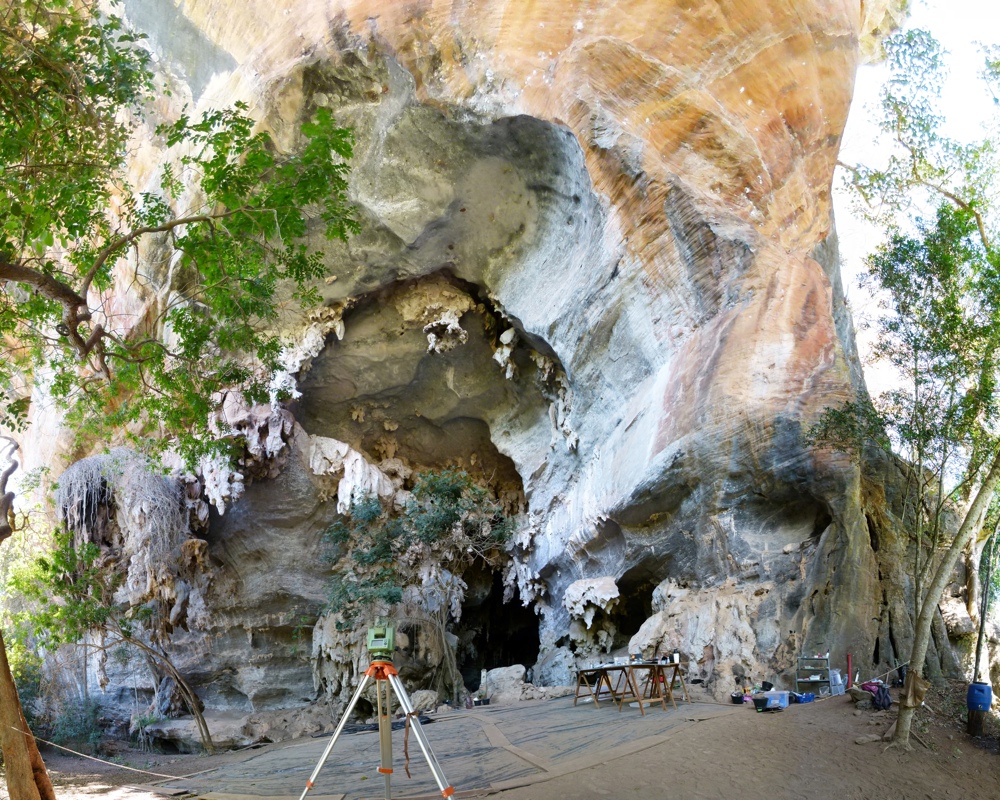
The burial was discovred at Lapa do Santo in Brazil, shown here during the 2012 field season. The an archaeological site is located in the Lagoa Santa karst in east-central Brazil, where evidence of human occupation dates as far back as 11,700 to 12,700 years ago. (Photo Credit: Andersen Lyrio)
More field work
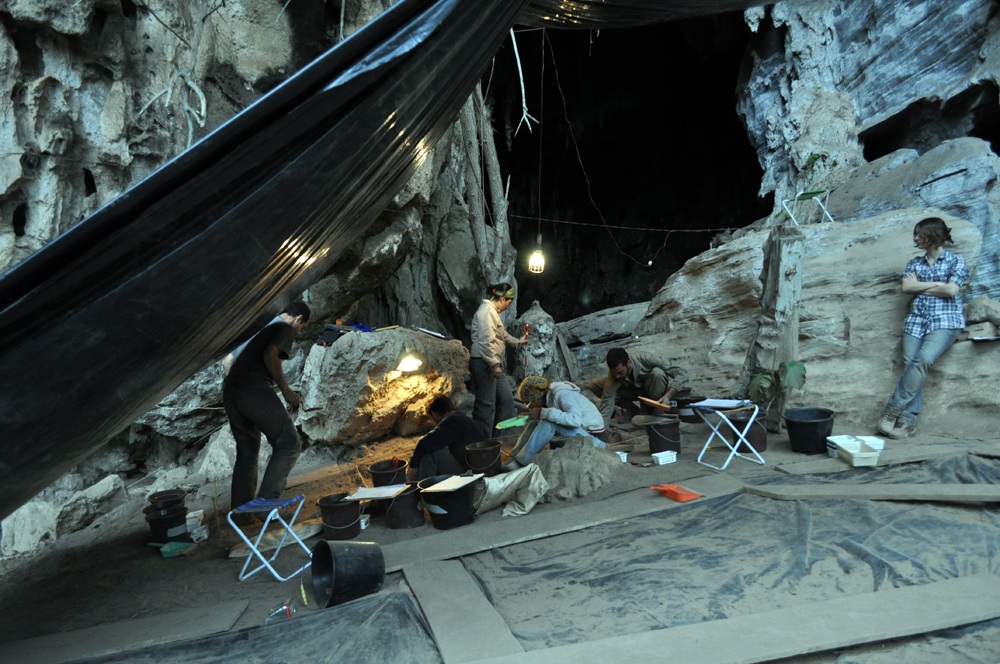
The archaeologists spent several field seasons at Lapa do Santo, excavating the burials. (Photo Credit: André Strauss)
Head and hands
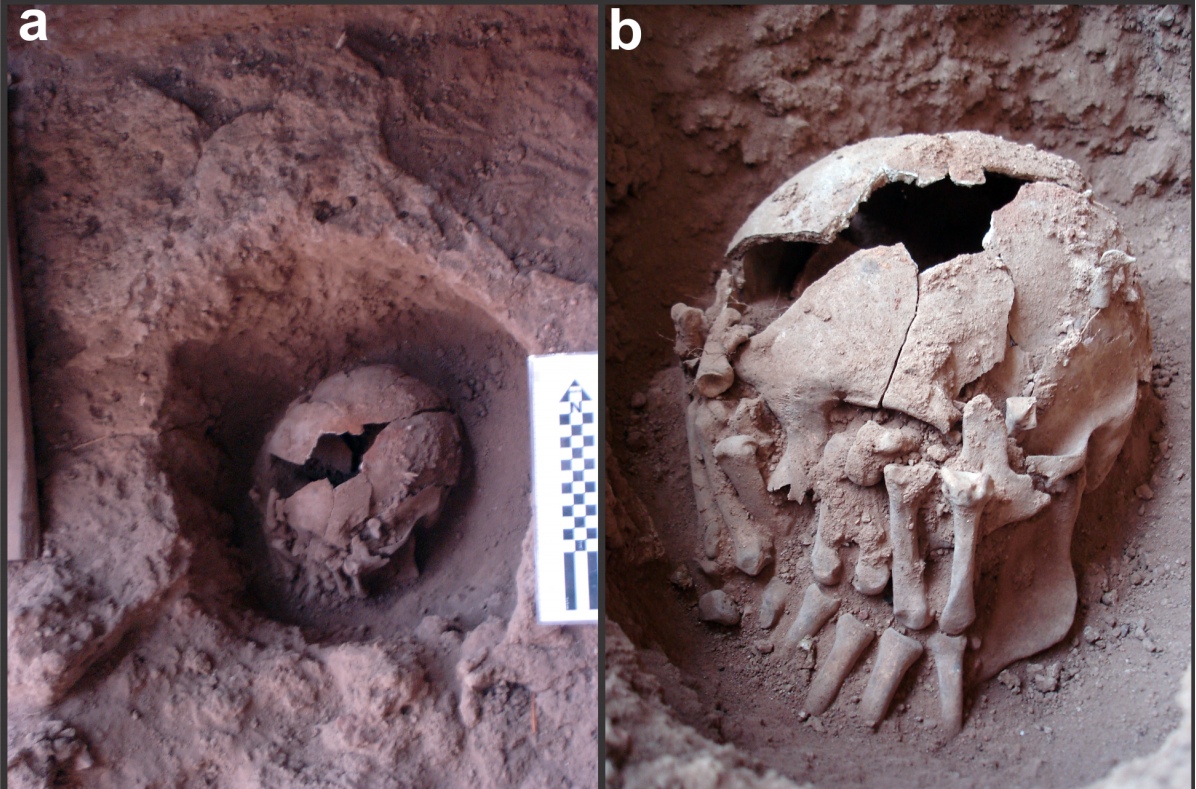
Inside the burial, the researchers found an articulated cranium, mandible and the first six cervical vertebrae. They also noted cut marks shaped like a "v" in the mandible and the sixth vertebra. (Photo Credit: Laboratory for Human Evolutionary Studies, University of Sao Paulo)
Sign up for the Live Science daily newsletter now
Get the world’s most fascinating discoveries delivered straight to your inbox.
Severed head

The cranium of the decapitated head that was found in the burial at Lapa do Santo. (Photo Credit: Mauricio de Paiva)
Severed hands
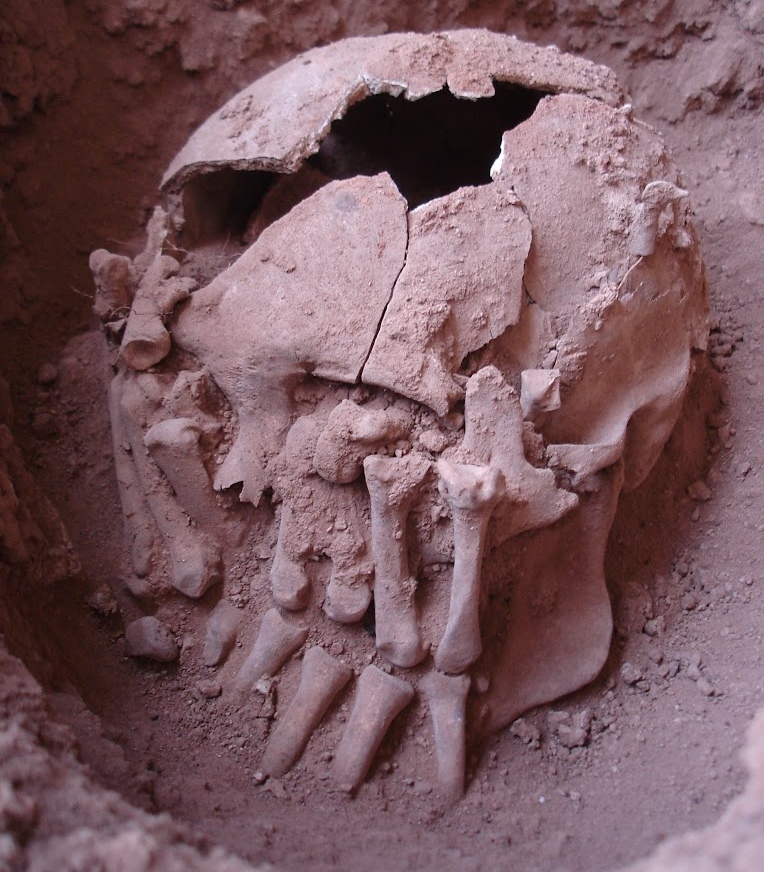
The researchers discovered the skull and hands in an odd arrangement: The right hand had been amputated and was laid over the left side of the face with the fingers pointing to the chin, while the amputated left hand was laid over the right side of the face with the fingers pointing to the forehead. (Photo Credit: Danilo Bernardo)
Skull bone connected to vertebra
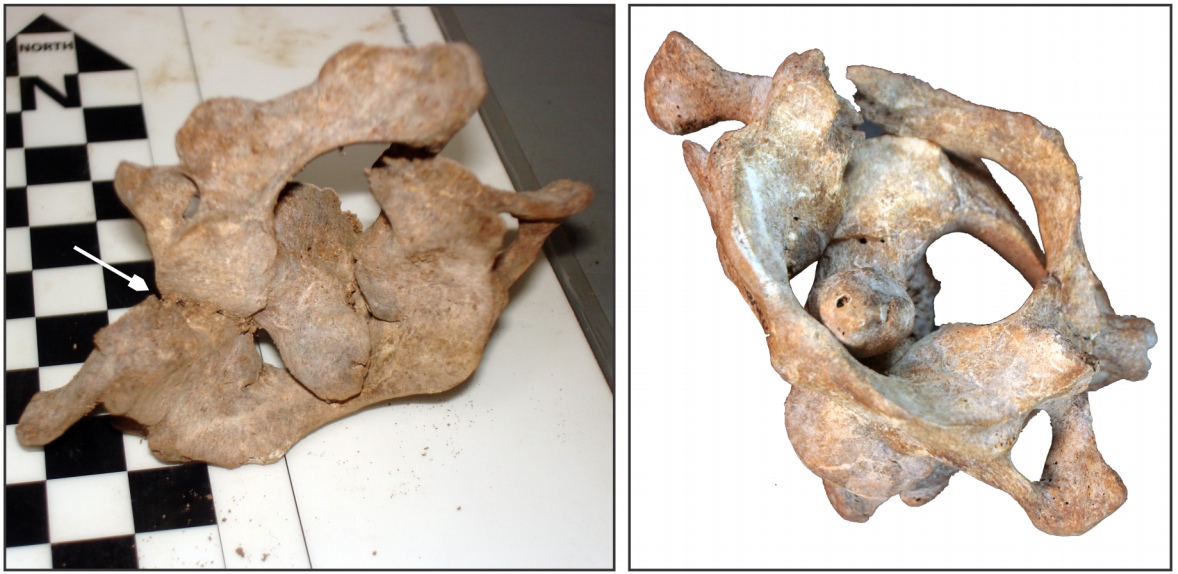
The researchers also found that the posterior arch of the atlas bone (the topmost vertebra between the skull and the spine) had been broken. Shown here are the atlas and axis, which together form the joint connecting the spine with the skull. The arrow shows the point where the neural arch is attached to the atlas with a carbonatic concretion. The image was taken immediately after the bones were exhumed.
Cut marks
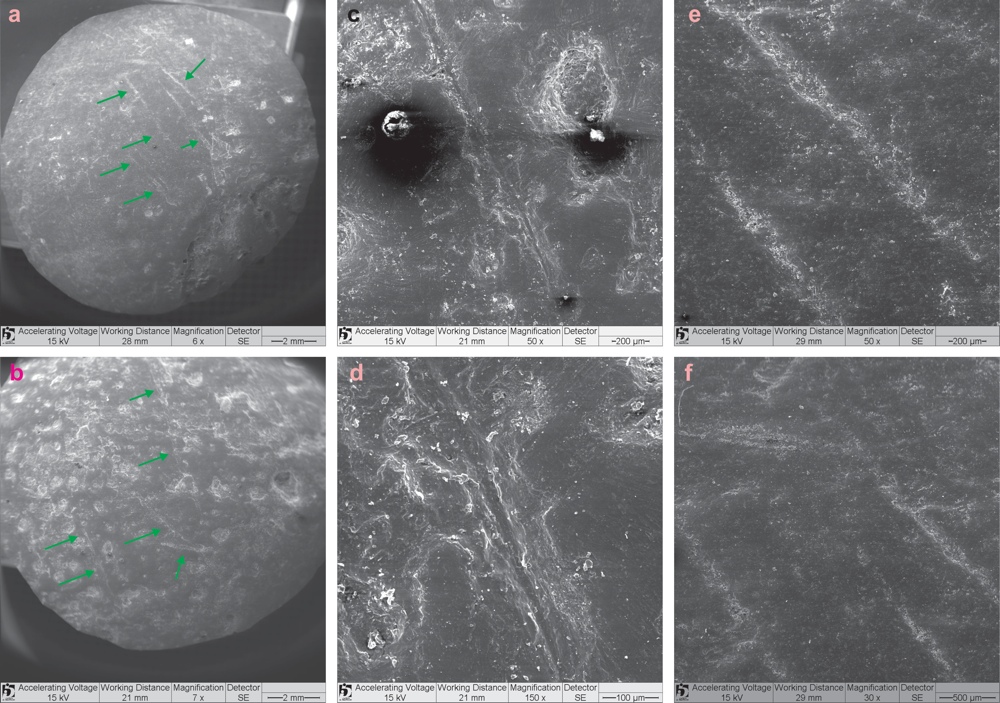
Possible cut marks (green arrows) were found in parts of the decapitated cranium, which can be seen under low magnification (a and b). Under higher magnification, some of the cut marks show a "v" shape (c and d), while others look more like broad striations (e and f). (Photo Credit: André Strauss)
Dark recess
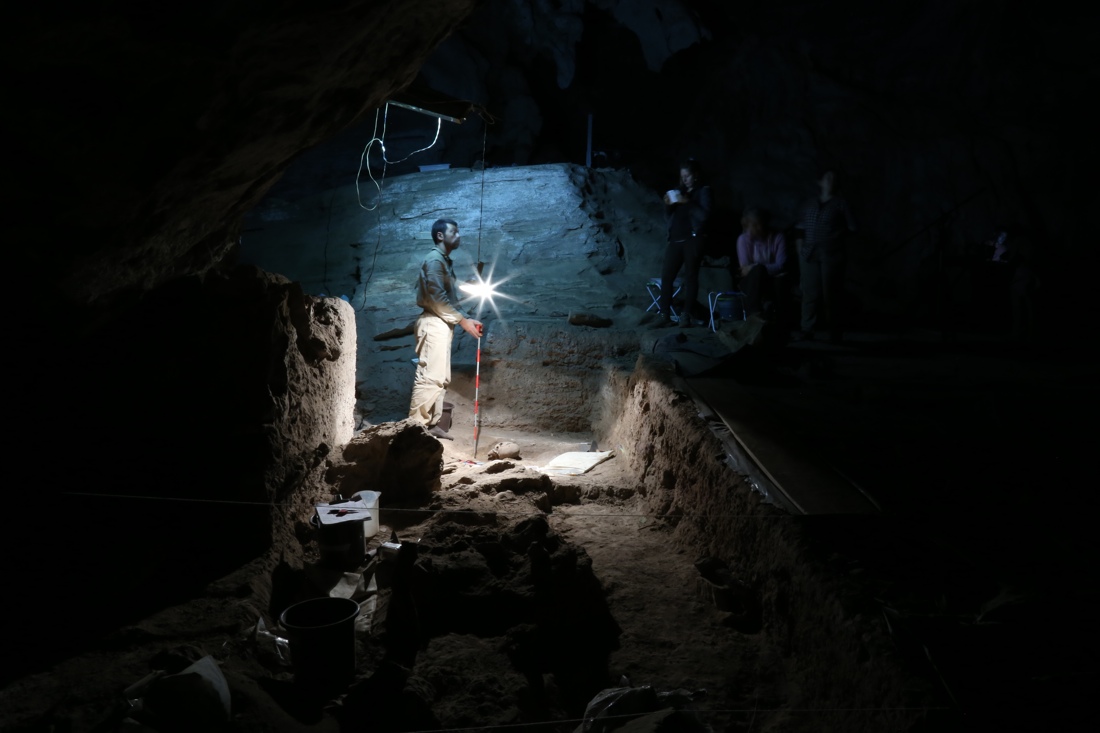
Archaeologists working at Lapa do Santo in 2014. (Photo Credit: Alberto Barioni)
Jeanna Bryner is managing editor of Scientific American. Previously she was editor in chief of Live Science and, prior to that, an editor at Scholastic's Science World magazine. Bryner has an English degree from Salisbury University, a master's degree in biogeochemistry and environmental sciences from the University of Maryland and a graduate science journalism degree from New York University. She has worked as a biologist in Florida, where she monitored wetlands and did field surveys for endangered species, including the gorgeous Florida Scrub Jay. She also received an ocean sciences journalism fellowship from the Woods Hole Oceanographic Institution. She is a firm believer that science is for everyone and that just about everything can be viewed through the lens of science.









